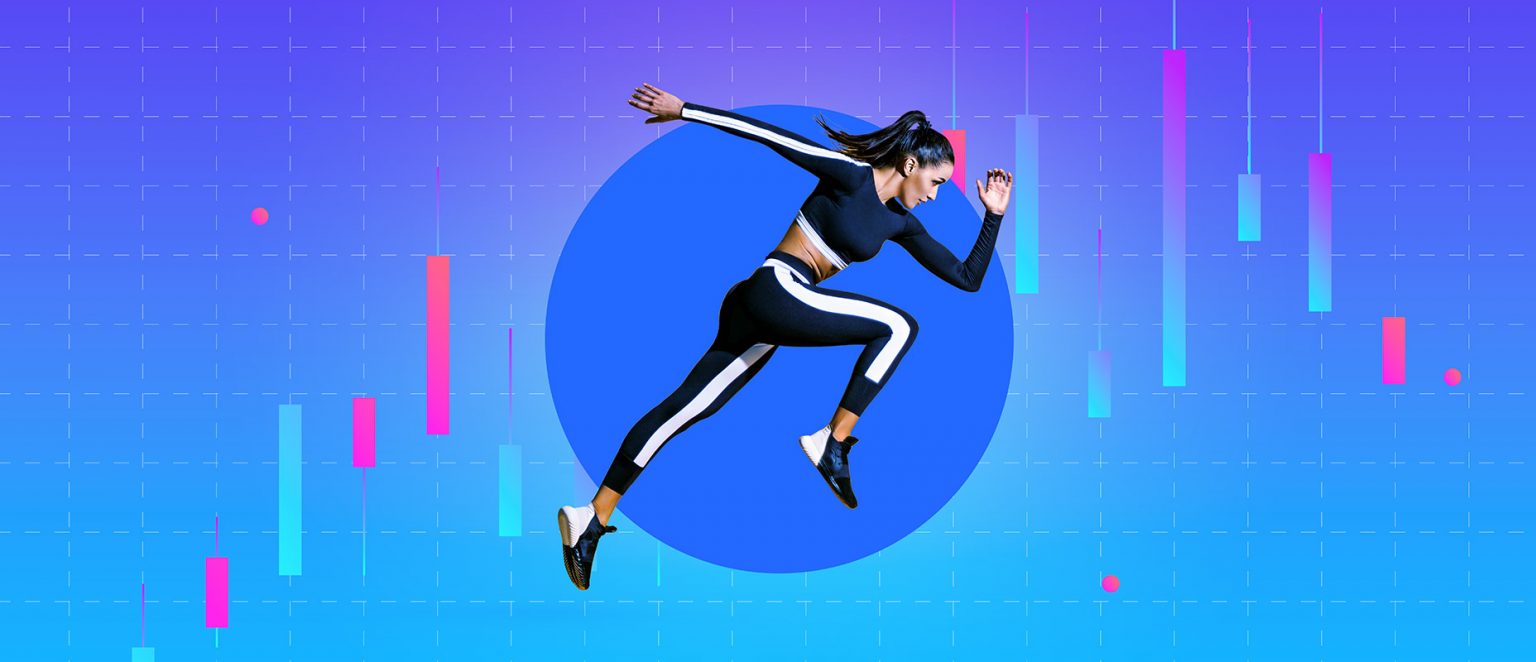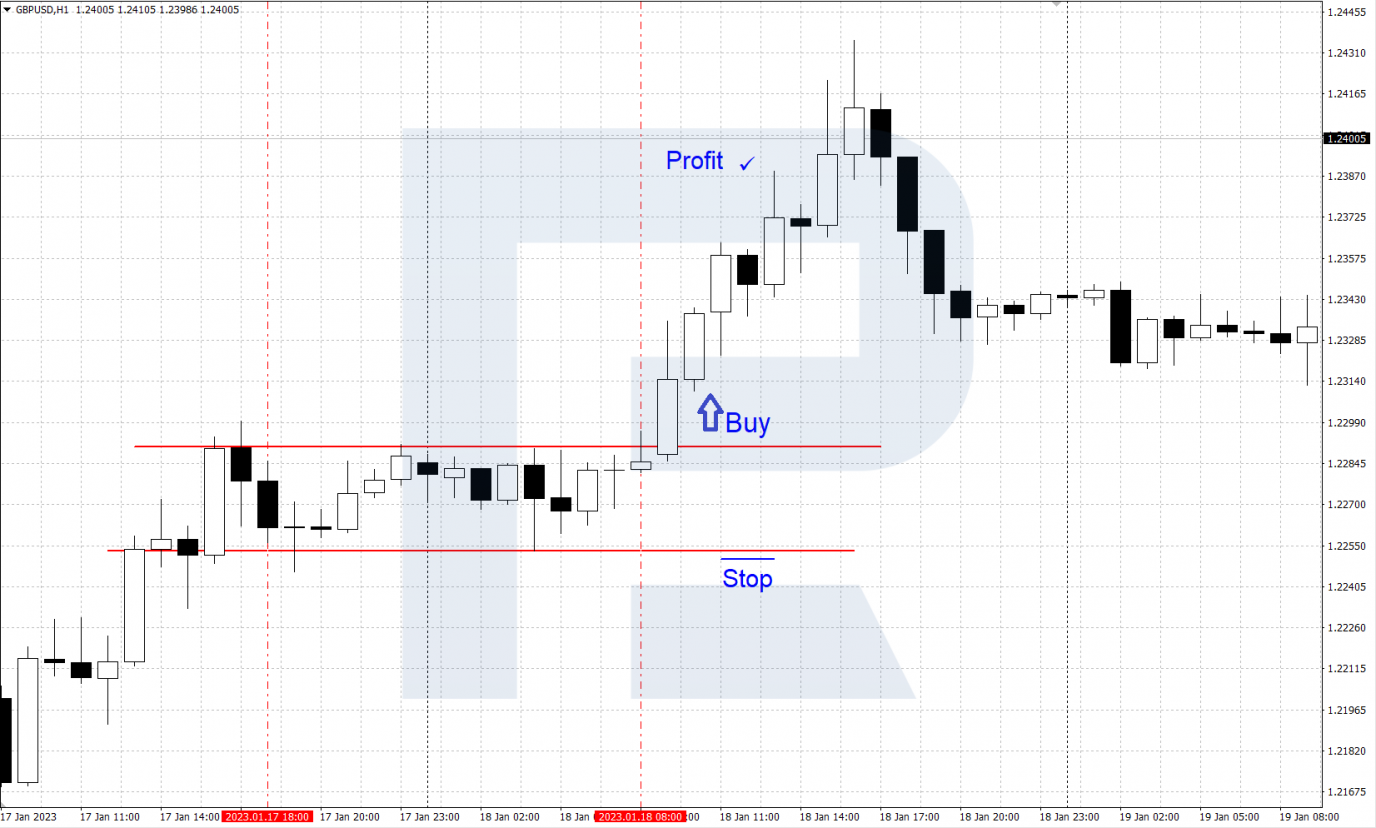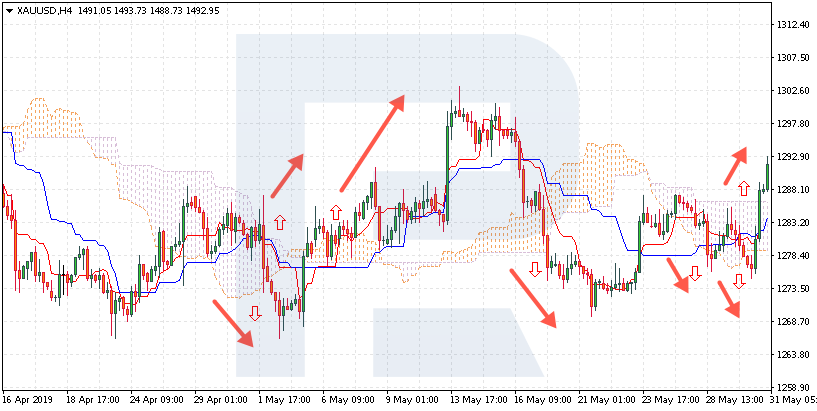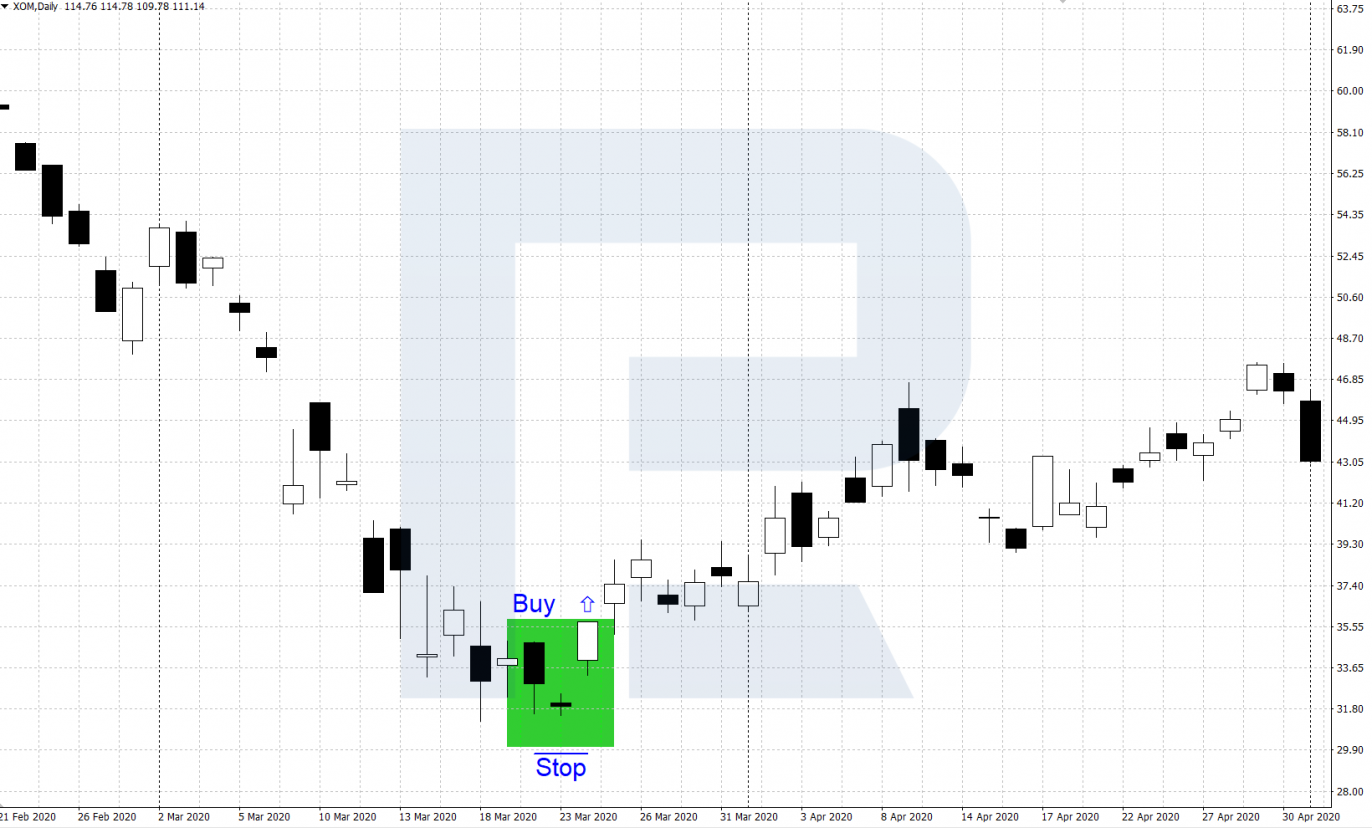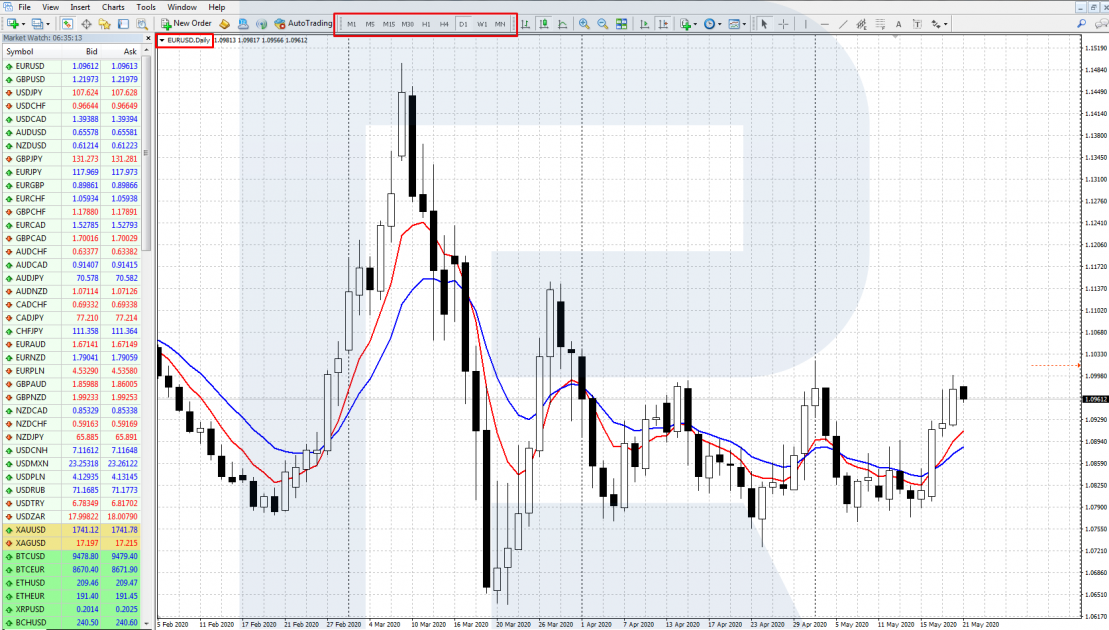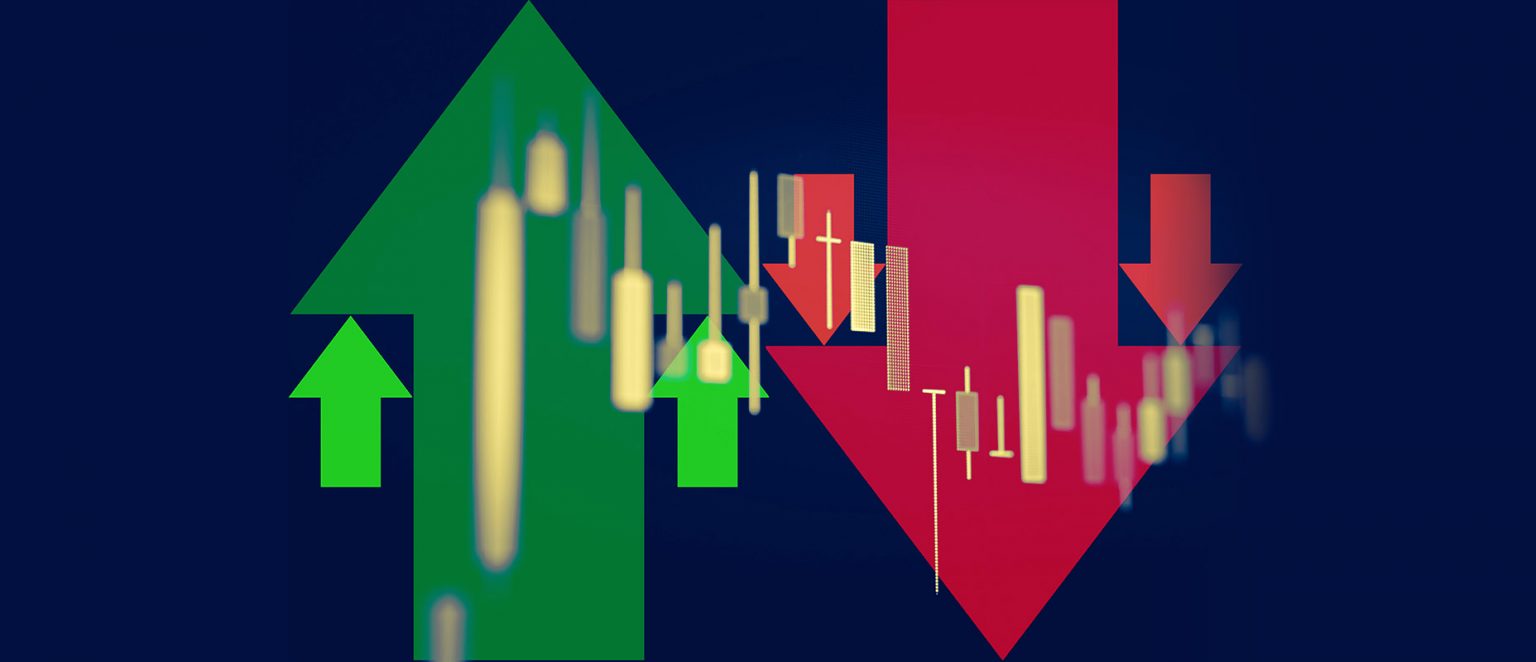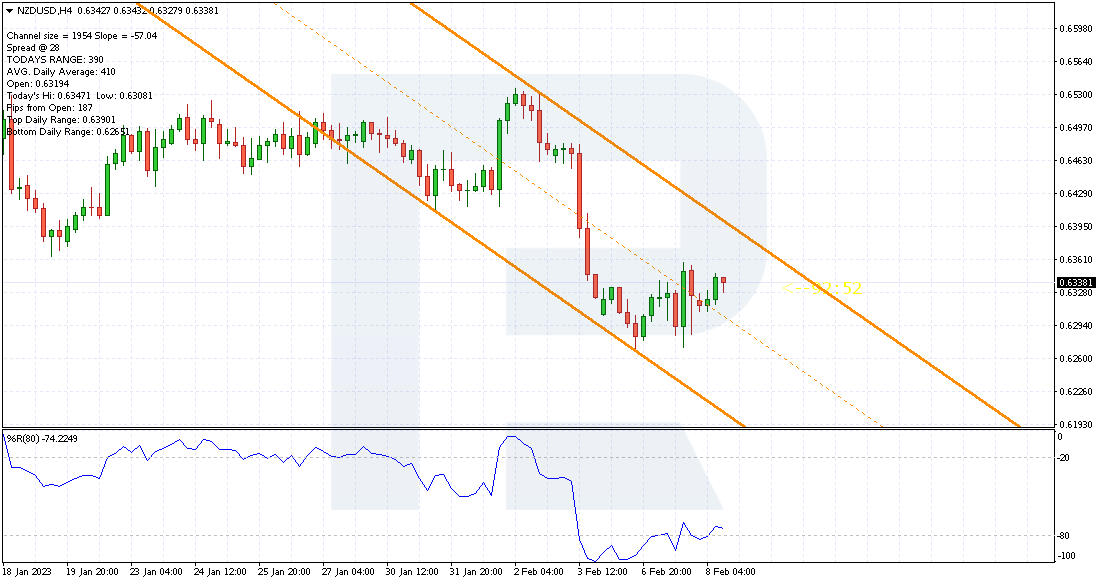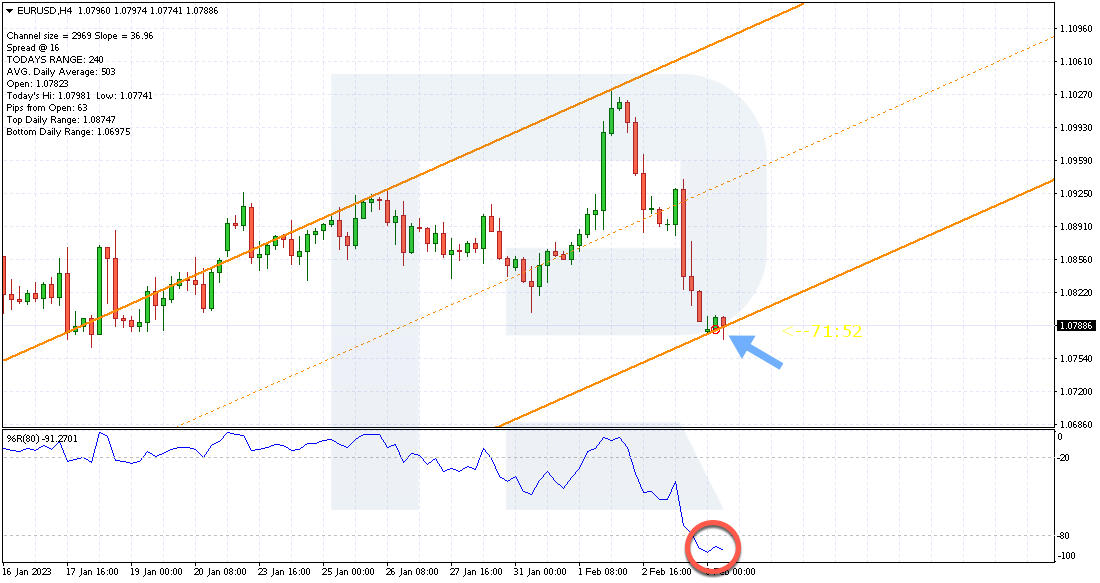Vlad RF
RoboForex Representative
- Messages
- 487
How and Why the US Government is Promoting Green Energy
Author : Eugene Savitsky

Dear Clients and Partners,
Today we will talk about the government's economic stimulus packages for clean energy in the US. We will look at the American Recovery and Reinvestment Act signed by Barack Obama in 2009, and the Inflation Reduction Act signed by Joe Biden in 2022. Let's analyse the impact of these laws on the development of green energy in the US.
America’s Recovery and Reinvestment Act
The US economy was harmed by the financial crisis in 2008. By 2009, unemployment had reached 10.2%, which marked the highest level in 25 years. The US government needed to take urgent measures to jumpstart the economy and create new jobs. In response to the 2008 Great Recession, the American Recovery and Reinvestment Act (ARRA) of 2009 was drafted and passed by the US Congress.
This act provided for investments of 90 billion USD in clean energy. At that time, this was the largest investment in the energy sector in the history of the United States. This economic stimulus package laid the foundation for dramatic changes in the energy system, such as massive electrification of land transport and an increase in the amount of energy from renewable sources.
Electrification of the automotive industry
In 2008, Elon Musk's Space Exploration Technologies Corporation (SpaceX) and Tesla Inc. (NASDAQ: TSLA), which were on the verge of bankruptcy, were rescued by NASA contracts. In 2010, the US Department of Energy granted Tesla Inc. a USD 465 million loan to back it up.
It can be assumed that the active development and growth of this car company have triggered accelerated electrification of the global car industry. Many manufacturers have supplemented their model ranges with electric and hybrid cars. According to EV-Volumes, the number of environmentally friendly cars on the road has increased from a few hundred thousand to nearly 27 million units over the past ten years.
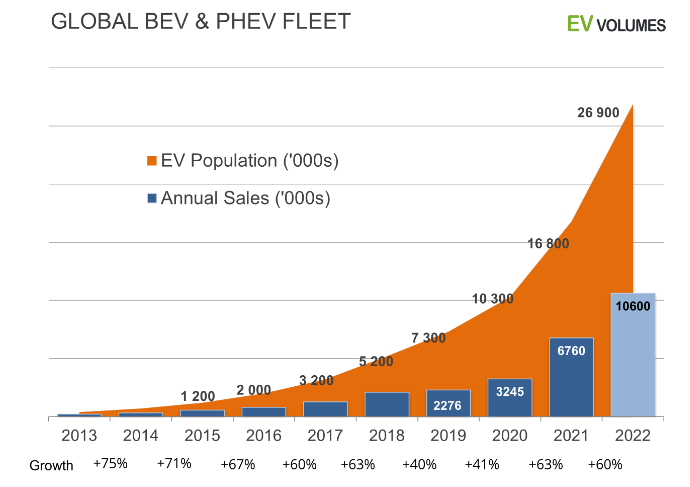
In 2010, Tesla Inc. was the only publicly traded company in the US that focused exclusively on electric vehicles. The return on investment in this corporation by 2020, before the COVID-19 pandemic-induced crisis, exceeded 5500%.
Promoting alternative energy sources
According to the Energy Information Administration (EIA), from 2011 to 2021 inclusive, wind power generation increased by more than 200% to 132,753 MW. Solar power generation increased 88-fold to 93,151 MW. In addition, solar photovoltaic modules, which are capable of producing 1 W of energy, have fallen in price from USD 2.15 to USD 0.27.
At the time of writing, the largest US solar energy companies by market capitalisation were Enphase Energy Inc (NASDAQ: ENPH), First Solar Inc (NASDAQ: FSLR), and Sunrun Inc (NASDAQ: RUN). They were valued at USD 33.4 billion, USD 18.7 billion, and USD 5.9 billion, respectively.
With energy-saving technology becoming widespread, the classification of household appliances according to their energy efficiency level has emerged. Fluorescent lamps, which were previously used mainly in industrial plants, were introduced for home use. Moreover, less efficient and more energy-intensive incandescent lamps were gradually replaced by more economical LED lamps.
Why a law to reduce inflation was passed
The situation in the US today is very different from what it was after the 2008 crisis: unemployment is at a low level and inflation is in positive territory – there was deflation in 2009. However, the government was now facing a new challenge: the likelihood of continued high inflation.
This has been facilitated by reduced investment in conventional energy sources, which has led to a reduction in hydrocarbon production and a substantial rise in the cost of hydrocarbons. With hydrocarbons being used to generate electricity and transport products and components, their cost constitutes a significant part of the cost of many products.
Read more at R Blog - RoboForex
Sincerely,
RoboForex team
Author : Eugene Savitsky

Dear Clients and Partners,
Today we will talk about the government's economic stimulus packages for clean energy in the US. We will look at the American Recovery and Reinvestment Act signed by Barack Obama in 2009, and the Inflation Reduction Act signed by Joe Biden in 2022. Let's analyse the impact of these laws on the development of green energy in the US.
America’s Recovery and Reinvestment Act
The US economy was harmed by the financial crisis in 2008. By 2009, unemployment had reached 10.2%, which marked the highest level in 25 years. The US government needed to take urgent measures to jumpstart the economy and create new jobs. In response to the 2008 Great Recession, the American Recovery and Reinvestment Act (ARRA) of 2009 was drafted and passed by the US Congress.
This act provided for investments of 90 billion USD in clean energy. At that time, this was the largest investment in the energy sector in the history of the United States. This economic stimulus package laid the foundation for dramatic changes in the energy system, such as massive electrification of land transport and an increase in the amount of energy from renewable sources.
Electrification of the automotive industry
In 2008, Elon Musk's Space Exploration Technologies Corporation (SpaceX) and Tesla Inc. (NASDAQ: TSLA), which were on the verge of bankruptcy, were rescued by NASA contracts. In 2010, the US Department of Energy granted Tesla Inc. a USD 465 million loan to back it up.
It can be assumed that the active development and growth of this car company have triggered accelerated electrification of the global car industry. Many manufacturers have supplemented their model ranges with electric and hybrid cars. According to EV-Volumes, the number of environmentally friendly cars on the road has increased from a few hundred thousand to nearly 27 million units over the past ten years.

In 2010, Tesla Inc. was the only publicly traded company in the US that focused exclusively on electric vehicles. The return on investment in this corporation by 2020, before the COVID-19 pandemic-induced crisis, exceeded 5500%.
Promoting alternative energy sources
According to the Energy Information Administration (EIA), from 2011 to 2021 inclusive, wind power generation increased by more than 200% to 132,753 MW. Solar power generation increased 88-fold to 93,151 MW. In addition, solar photovoltaic modules, which are capable of producing 1 W of energy, have fallen in price from USD 2.15 to USD 0.27.
At the time of writing, the largest US solar energy companies by market capitalisation were Enphase Energy Inc (NASDAQ: ENPH), First Solar Inc (NASDAQ: FSLR), and Sunrun Inc (NASDAQ: RUN). They were valued at USD 33.4 billion, USD 18.7 billion, and USD 5.9 billion, respectively.
With energy-saving technology becoming widespread, the classification of household appliances according to their energy efficiency level has emerged. Fluorescent lamps, which were previously used mainly in industrial plants, were introduced for home use. Moreover, less efficient and more energy-intensive incandescent lamps were gradually replaced by more economical LED lamps.
Why a law to reduce inflation was passed
The situation in the US today is very different from what it was after the 2008 crisis: unemployment is at a low level and inflation is in positive territory – there was deflation in 2009. However, the government was now facing a new challenge: the likelihood of continued high inflation.
This has been facilitated by reduced investment in conventional energy sources, which has led to a reduction in hydrocarbon production and a substantial rise in the cost of hydrocarbons. With hydrocarbons being used to generate electricity and transport products and components, their cost constitutes a significant part of the cost of many products.
Read more at R Blog - RoboForex
Sincerely,
RoboForex team
